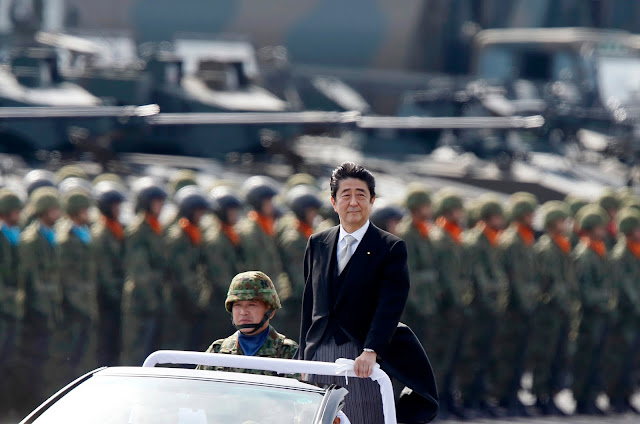Technical Characteristics of B61 Tactical Nuclear Bomb
The B61 is an American nuclear gravity bomb. Its development was initiated by the Los Alamos National Laboratory, New Mexico, in 1960. The first test was conducted in August 1963 and the bomb was eventually adopted in 1968.
Specifications :
1.The bomb is equipped with thermonuclear warheads with explosive power ranging from 0.3 to 400 kilotons.
2.The primary aircraft cleared for launching it include the B-1, B-2, B-52 strategic bombers and F-15, F-16, F/A-18 fighters.
3.The bomb can be transported as an external load (at supersonic speeds too).
4.The weight of the bomb varies from 250 to 320 kilos. It measures 3.9 meters in length and 0.34 meters in diameter.
Modifications :
There are 12 modifications of the B61. Mods 3, 4, 7, 10 and 11 are in service. Starting with B61-11, the bomb was equipped with a reinforced case that allows it to penetrate several meters into the surface before the explosion to maximize the damage to its targets.
After the explosion, the crater depth can reach several dozen meters.
In service with the United States and NATO :
**To date, more than 3,000 B61 bombs of various modifications have been manufactured.
. About 300 B61 bombs are currently in service with the US Air Force.
. Some 180 bombs are deployed in NATO allies in Europe (Belgium, Germany, Italy, the Netherlands and Turkey) as part of the Nato Nuclear Weapons Sharing Program.
. Approximately 350 bombs are in reserve.








Comments
Post a Comment